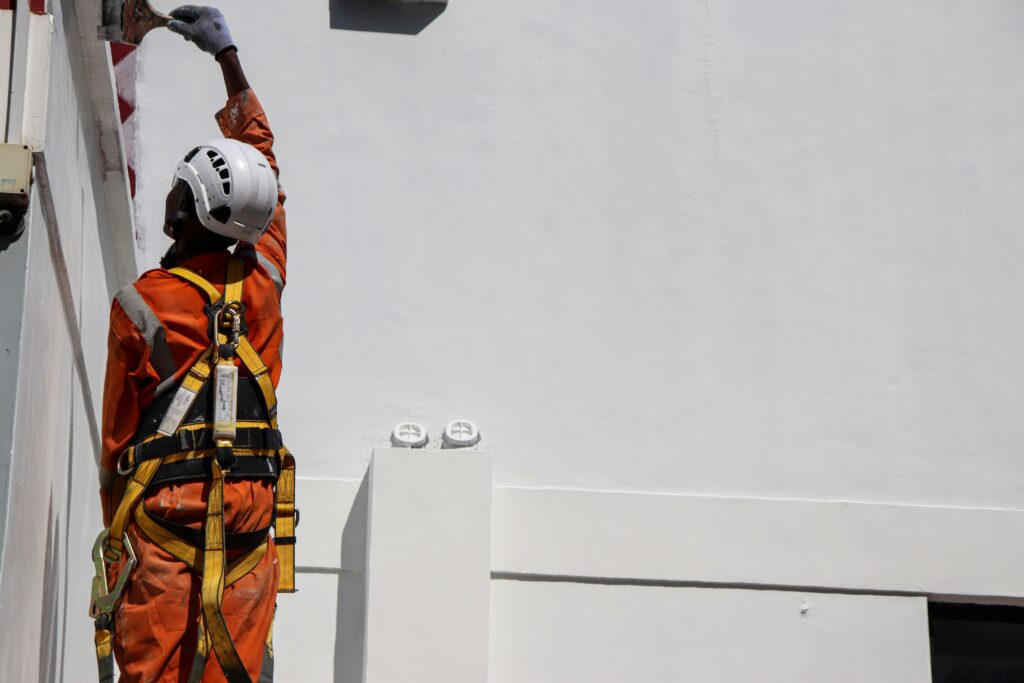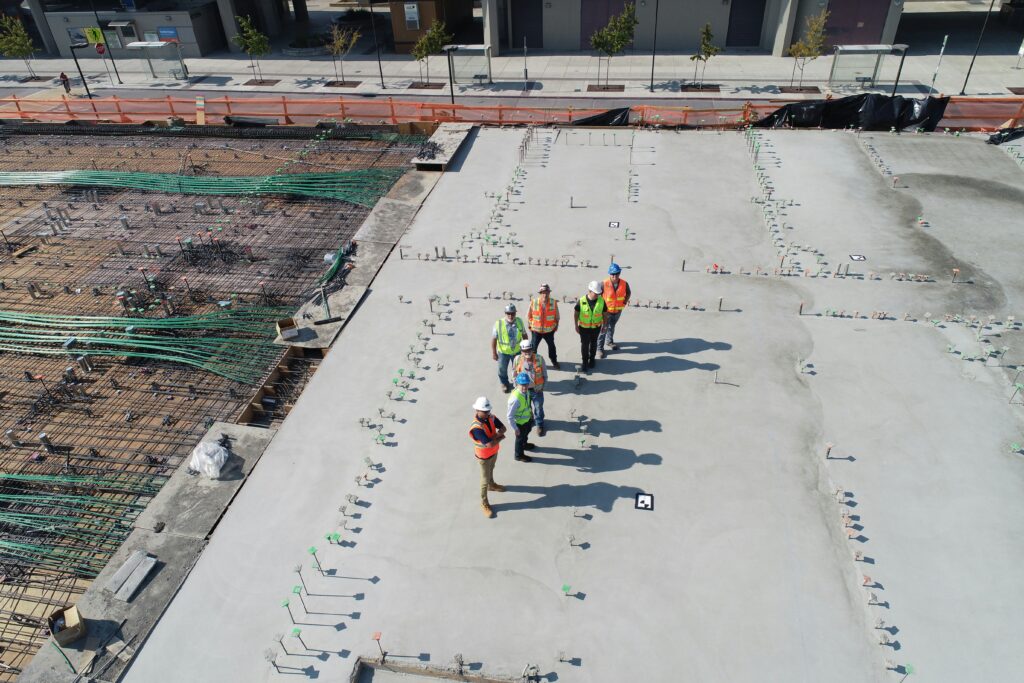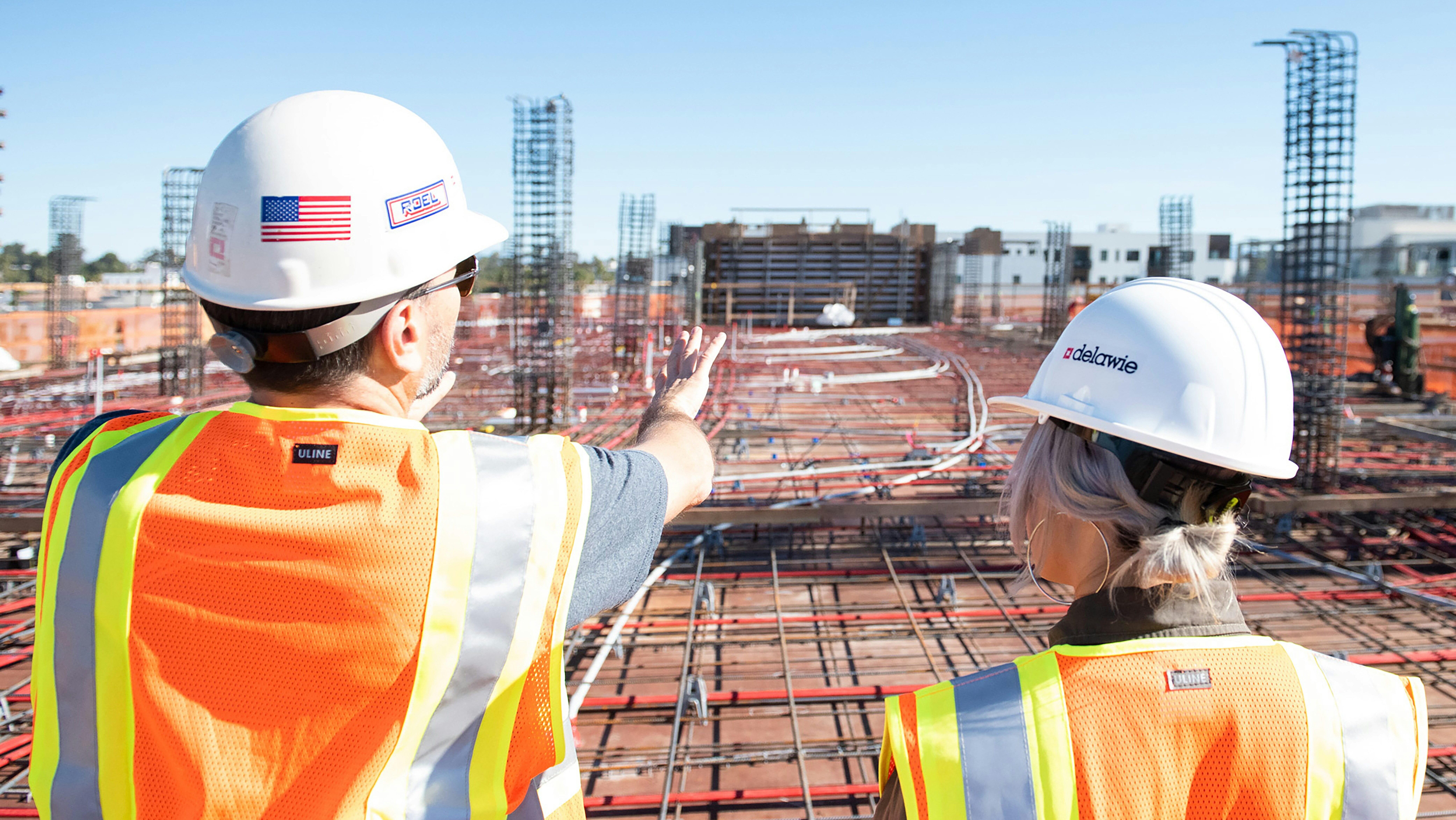Given the nature of the job, injuries can be a common occurrence on construction sites. When operating heavy and dangerous equipment, it is essential that proper training and precautions are in place to avoid serious injuries or even death.
Employers bear the duty of care to provide a safe workplace environment to their workers. Failure to do so can hold construction companies, managers, and supervisors liable for personal injury claims.
Below is an overview of critical safety tips to avoid workplace injuries. However, in the event of an accident, it is always best to directly consult a Los Angeles injury attorney to discuss your rights in pursuing legal action.
Scissor Lift Personal Injury Accidents
Scissor lifts are elevated work platforms used across various industries to safely raise workers and tools to different heights. When used as the manufacturer says, scissor lifts offer a safe and effective way to do tasks higher up. However, improper use can lead to serious injuries or fatalities. All employers have the responsibility to ensure worker safety while using this equipment.
Over a one-year period, OSHA investigated 10 preventable fatalities and more than 20 serious injuries involving scissor lifts. Most of these workplace accidents are connected to the failure to address three important safety areas: fall protection, stabilization, and positioning.
How to Safely Use Scissor Lifts
Employers must check the worksite to find all possible hazards. This includes assessing and applying efficient measures to tackle fall protection, stabilization, and positioning. Failure to address any known hazards can open the gates to a workplace liability claim.
Scissor lifts should only be operated by trained personnel. It is the responsibility of employers to ensure their workers are trained and able to operate a scissor lift correctly.
Employees also hold the responsibility to operate the equipment safely, meaning without distractions or otherwise reckless behavior. Should a colleague be injured, they may also be liable.
Fall Protection
Scissor lifts must be equipped with guardrails to protect workers from falling, as required by OSHA standards (29 CFR 1926.451(g) or 29 CFR 1910.29(a)(3)(vii)).
Employers should train workers to:
- Verify that guardrails are securely in place before use.
- Stay within the platform and never stand or climb on the guardrails.
- Keep tools and tasks within easy reach to avoid overreaching.

Stabilization
To prevent tip-overs or collapses, employers must ensure scissor lifts are properly stabilized.
Safe stabilization practices include:
- Following the manufacturer’s instructions, which often prohibit moving the lift while elevated.
- Isolating the lift or using traffic control to prevent collisions with vehicles or equipment.
- Selecting firm, level ground free of hazards like holes, slopes, debris, or drop-offs.
- Using scissor lifts outdoors only in good weather. Do not use outdoor-rated lifts in wind speeds exceeding 28 mph.
Positioning
Proper positioning helps prevent crushing injuries and electrocution. These hazards can affect both the lift operator and nearby workers.
Workers should be trained to remain alert when:
- Operating the lift near fixed structures (e.g., walls, beams, or door frames).
- Working in close proximity to moving vehicles or equipment.
- Passing under overhead obstacles.
Training Workers
Employers must provide training on the hazards and safe use of scissor lifts, as required by 29 CFR 1926.454.
- The manufacturer’s guidelines for vertical and mobile operation.
- Safe material handling, including awareness of weight limits.
- Identifying and avoiding site-specific hazards, such as overhead power lines.
- How to recognize and report equipment defects or the need for maintenance.
By following these guidelines, employers and workers can lower the risks of using scissor lifts. This helps create a safer work environment for everyone.

Contact a Los Angeles Injury Attorney Today
Our knowledgeable and experienced personal injury attorneys in Los Angeles, CA, are here to walk you through the legal process following a workplace injury.
The statute of limitations typically requires you to file a Los Angeles personal injury claim within two years of the date of the injury. This means that if you were injured, it is important to reach out to our Los Angeles personal injury law firm ASAP to get the most out of your claim.
With over 25 years of experience, John J. Perlstein is one of the best personal injury attorneys in Los Angeles, CA, securing fair and just outcomes in personal injury and wrongful death cases.
This includes catastrophic injuries, car accidents, and more. He will work tirelessly with insurance companies and other parties to ensure maximum compensation for victims and their families.
To set up a free consultation with a top Los Angeles injury attorney regarding your work-related personal injury claim, fill out our form online or give us a call at (213) 583-5786.
